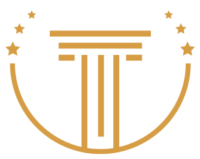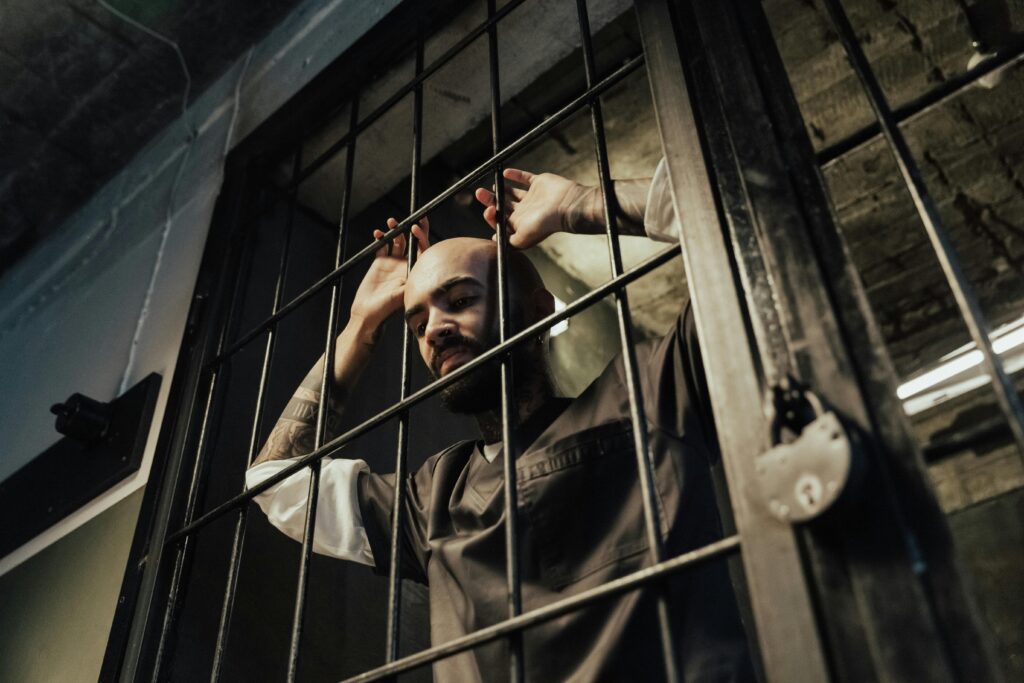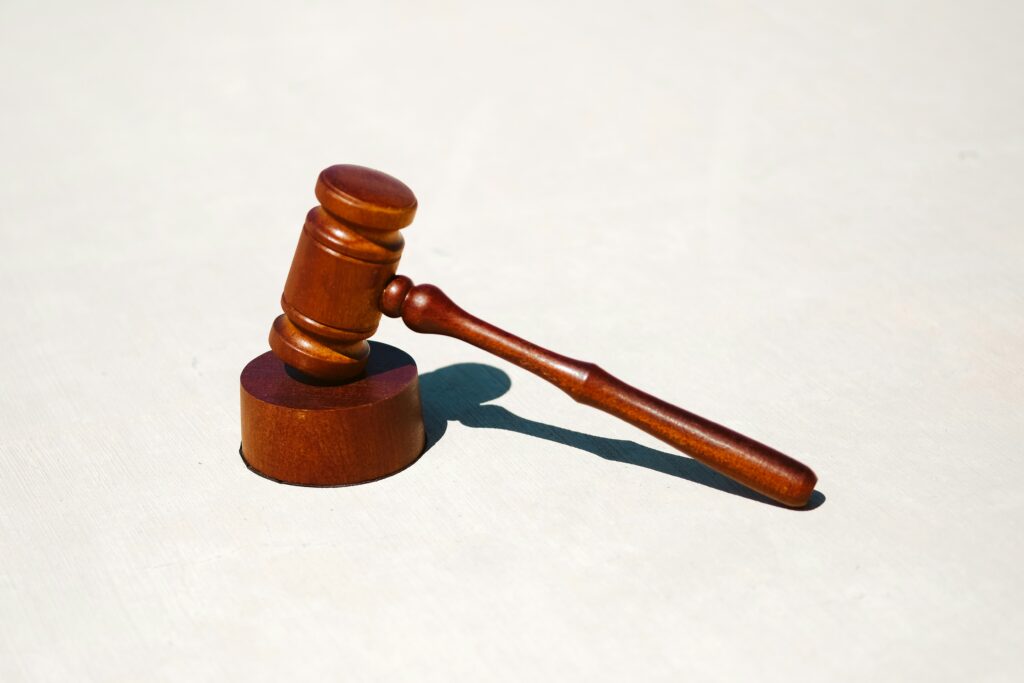Published on 05th June 2025
Authored By: Reshmi Khan
Heritage Law College
ABSTRACT
In this age of digital era, many social media platforms like Facebook, Twitter (now X), Instagram, Snapchat, Telegram, WhatsApp, and more have arisen as powerful tools for communication, expression, and mobilization. These platforms serve as a modern-era public conference where every individual’s voice, opinions, form communities, and engage in civic life. As their large nature of unregulated has given a huge rise to a host of legal and ethical worries, ranging from speeches related to hatred and misinformation to cyberbullying and state surveillance.
These challenges bring the constitutional guarantee of freedom of speech and expression in India under Article 19(1)(a) of The Constitution of India, 1950, into focus and the restrictions which are permitted reasonably under Article 19(2). This paper explores & sheds light on the legal and constitutional framework and also that governs social media in India, mainly it does focus on the Information Technology Act, 2000, and the Information Technology (Intermediary Guidelines and Digital Media Ethics Code) Rules, 2021.
Drawing upon theoretical analysis and judicial & legal developments, including cases that are benchmarked, such as Shreya Singhal v. Union of India[1] and Justice K.S. Puttaswamy v. Union of India[2]. Moreover, according to this study, state regulation is evaluated analytically, including intermediary liability, and the broader implications on digital rights. It argues for a balanced, interactive approach that is anchored constitutionally to social media governance that makes sure that both the protection of individual freedoms and the enforcement of platform accountability.
KEYWORDS: Social Media, Freedom of Speech, IT Act, Article 19, Intermediary Liability, and Digital Rights.
INTRODUCTION
Social media is no longer an unconventional activity; it is the core to how people in modern-day society communicate, organize, and access information. In a country like India, where more than 700 million people are connected online through social media platforms like X, Facebook, Instagram, and more, these platforms are not just tools but digital lifelines to the online users. The right to freedom of speech and expression under Article 19(1)(a) of the Constitution of India, 1950, is for every citizen of India. But on the other hand, everyone should also keep in mind that this right isn’t uncontrolled, that is, under Article 19(2), which permits the State to impose restrictions that are reasonable in the interests of the public order, decency, morality, defamation, and more.
This digital public sphere struggles with many challenges like hate speech, misinformation, cybercrime, and more. The government of India is trying to control and look out online content and social media through rules that are the IT Rules, 2021, which sparks heated debate about executive overreach, privacy, and press freedom. This paper explores the complex dynamics and tries to understand how India can ensure a fair balance between freedom and responsibility in the online world.
RESEARCH METHODOLOGY
This study shows a theoretical research methodology by focusing on the primary and secondary sources to study the legal framework that surrounds the regulation of social media in India, basically concerning constitutional principles, statutory regulations, and judicial interpretations.
Primary Sources:
- The Constitution of India (1950): Articles 19(1)(a) and 19(2)[3] form the base for the regulation of free speech and the limitations that the state can enforce. This study looks at these conditions in relation to digital speech.
- The Information Technology Act, 2000: Online activities, data protection, and intermediary liability are governed by the IT Act.
- The Information Technology (Intermediary Guidelines and Digital Media Ethics Code) Rules, 2021[4]: These rules apply strict guidelines on mediators relating to content moderation, ensure fairness and justice, and obedience with government directives. The study evaluates their impact on freedom of speech, privacy, and platform accountability.
- Judicial Precedents: Cases that are benchmarked in the Supreme Court, like Shreya Singhal v. Union of India and Anuradha Bhasin v. Union of India[5], are studied to understand how courts interpret the context of the right to free speech digitally.
Secondary Sources:
- Scholarly Journals and Articles: Valuable insights are provided on digital rights and constitutional law by research papers. Journals such as the Indian Journal of Constitutional Law and Journal of Cybersecurity and Privacy help in the enhancement of the understanding of up-growing trends in social media governance.
- Reports of the Law Commission: Hate speech is reported on the 267th and 268th, and media regulation offers suggestions to improve digital governance, making sure a balanced approach to online content regulation.
- Legal Commentaries and Expert Views: Expert studies from scholars like Faizan Mustafa and organizations like the Internet Freedom Foundation (IFF) provide essential reviews of over-regulation and the chilling effects of vague legal provisions on free speech.
- Media and Civil Society Reports: Reports from organizations such as Article 19 and the Centre for Internet and Society offer real-world case studies and critiques of current legal provisions, particularly regarding hate speech, misinformation, and platform accountability.
REVIEW OF LITERATURE
- Law Commission of India (267th and 268th Reports on Hate Speech):
Speech regulation is addressed by the Law Commission of India, as it has been the key player for addressing it, which also includes its 267th Report on Hate Speech that provided important suggestions on how to balance free speech with the need to address harmful
content. Even though it does not specifically address social media, it lays the groundwork for a detailed regulatory framework that digital spaces could apply.
- Faizan Mustafa a Legal Scholar:
Faizan Mustafa, a noted constitutional expert, looks on and reviews the overreach of state regulations on social media platforms, debating that overly broad or unclear legal provisions can have a chilling effect on digital speech. In his writings, he warns about the capability for state-sponsored censorship in the guise of regulation, which could lead to suppression of free expression online.
- Justice B.N. Srikrishna Committee Report (2018)[6]:
In this report, data protection was focused primarily, the issue of executive overreach in digital governance is indirectly addressed. The Committee highlighted the need for a balanced regulatory framework respecting the privacy of every individual and freedom, to make it sure that digital laws don’t infringe upon constitutional rights.
- Shreya Singhal v. Union of India (2015) 5 SCC 1:
A landmark judgment by the Supreme Court of India struck down Section 66A of the IT Act, 2000, for being unclear and overly broad. The Court also reconfirmed the importance of freedom of speech and held that regulations that are unclear can result in arbitrary censorship and violate the rights guaranteed under Article 19(1)(a) of the Constitution.
- Internet Freedom Foundation (IFF):
The IFF is an organization that is influential in civil society and also provides legal critiques of digital regulations in India. In its reports, IFF has highlighted the dangers of unclear content moderation mechanisms, majorly it is under the IT Rules, 2021. It argues that such rules look into the freedom of expression by giving excessive powers to the government and platforms.
- Anuradha Bhasin v. Union of India (2020) 3 SCC 637:
In this case, the Supreme Court emphasized that the internet is a vital avenue for the exercise of free speech, and that any internet shutdown or restrictions on access must be temporary, proportionate, and subject to judicial review. The case is critical in understanding how the judiciary balances public safety concerns with the fundamental right to free expression in the digital era.
- Justice K.S. Puttaswamy v. Union of India (2017) 10 SCC 1:
This case, which recognized the right to privacy as a fundamental right, is pivotal for understanding the tensions between privacy and state surveillance in the digital age. The Supreme Court’s ruling is crucial in shaping the ongoing debate about digital governance, especially regarding surveillance and data collection by social media platforms.
- Global Internet Governance Frameworks:
International studies on social media regulation, such as those by the UN Special Rapporteur on the Promotion and Protection of the Right to Freedom of Opinion and Expression, stress the importance of aligning national laws with international human rights standards. These frameworks advocate for transparency, accountability, and the protection of free speech on digital platforms, offering valuable perspectives for India’s regulatory approach.
LEGAL FRAMEWORK AND METHOD OF ANALYSIS
- Constitutional Framework
Article 19(1)(a): The right to freedom of speech and expression should be for all citizens.
Article 19(2): Nothing in section (a) should affect the operation of any law that is already existing, in the interests of the sovereignty and integrity of India, the State security, public order, morality or decency, or about contempt of court, defamation or urge to an offence.
Understanding of judiciary, like in Chintaman Rao v. State of M.P., AIR 1951 SC 118[7], and S. Rangarajan v. P. Jagjivan Ram, (1989) 2 SCC 574[8], emphasized that restrictions must be “reasonable” and tailored narrowly.
- IT Act, 2000 & Intermediary Liability
Section 79: This section provides “safe harbor” protection to intermediaries by protecting them from liability if they take reasonable care.
IT Rules, 2021: Imposed new compliance obligations such as content takedown timelines, requirements of tracing, and grievance officers.
Concerns:
Privacy: End-to-end encryption may be damaged.
Overreach: Before takedowns no requirement of prior judicial oversight.
Media Freedom: Live Law Media v. Union of India, WP(C) 1305/2021 (Delhi HC), challenges the Rules for the violation of editorial freedom and enables censorship.
- Key statements of the Judiciary
- Shreya Singhal v. Union of India, (2015) 5 SCC 1:
That declared Section 66A unconstitutional.
Clarified that intermediaries only need to act when the court orders or after valid notifications.
- Anuradha Bhasin v. Union of India, (2020) 3 SCC 637:
Gave a conclusion that to free speech, internet access is essential.
The suspensions must be temporary, necessary, and subject to review by the judiciary.
- Justice K.S. Puttaswamy v. Union of India, (2017) 10 SCC 1:
This acknowledged the right to privacy as a fundamental right under Article 21.
It should be mandatory for any surveillance or data demand to pass the tests of legality, necessity, and proportionality.
Issues and Challenges in Regulating Social Media:
- Executive Overreach: The powers of taking down without judicial checks pose risks of censorship that are political.
- User Illiteracy: Irresponsible online behaviour and susceptibility to disinformation are due to a lack of awareness.
- Traceability vs. Privacy: The Demand for traceability breaks encryption and might lead to criminalizing disagreements.
- Hate Speech & Misinformation: A Lack of consistent content moderation standards on platforms often and also the enforcement remains unclear enforcement.
- Ambiguity in Regulation: Terms like “objectionable” or “harmful” are undefined, risking enforcement that is unreasonable.
SUGGESTION
- Clear, lawful Definitions: Terms like “offensive” or “harmful” that are unclear must be defined with clarity in law. Clear definitions that are worded narrowly protect freedom of speech and also ensure accountability.
- Introduce an Independent Regulator: A separate, neutral digital media authority from the government should supervise social media compliance. For example, TRAI, which is for telecom this would help in fair refereed and not be a political player.
- Ensure Judicial Oversight: Not just a government order, but court approval is needed to take down the content or ban any user. This preserves checks and balances by giving users a way to challenge wrong censorship.
- Mandatory Transparency from Platforms: Reports on content moderation, legal takedowns, and user complaints should be published on a regular basis because transparency builds trust and discourages unpredictable removals.
- Boost Digital Literacy: Every citizen who uses social media needs to understand their rights and responsibilities online. Digital education can help tackle misinformation, hate speech, and online abuse at the root, and this should be done especially in regional languages so that everyone can get to know about it perfectly.
- Make Rule-Making Participatory: Laws affecting millions online must be made with public input. Civil society, tech experts, and users should be consulted before rules are finalized to ensure fairness and inclusivity.
Laws that impact millions of online users should involve public input from civil society, tech experts, and users to ensure fairness and inclusivity in the rule-making process.
CONCLUSION
The legislative framework of India for social media is growing under the weight of fast technological change and democratic expectations. While keeping the internet safe from misuse is mandatory. The solution does not lie in single state control but in a complex approach that promotes collaboration between the judiciary, executive, industry, and civil society. Protecting freedom in the digital space isn’t less important than in the offline world.
REFERENCES
[1] Shreya Singhal v. Union of India, (2015) 5 SCC 1.
[2] Justice K.S. Puttaswamy v Union of India, (2017) 10 SCC 1.
[3] INDIA C CONST. art. 19, § 1, cl. 1, § 2, cl. 2.
[4] Information Technology (Intermediary Guidelines and Digital Media Ethics Code) Rules, 2021, notified under § 87 of the Information Technology Act, 2000, Gazette of India, Feb. 25, 2021 (India).
[5] Anuradha Bhasin v. Union of India, (2020) 3 SCC 637.
[6] B.N SRIKRISHNA COMMITTEE, Report of the Committee of Experts on Data Protection (Ministry of Electronics and Information Technology 2018).
[7] Chintaman Rao v. State of Madhya Pradesh, AIR 1951 SC 118.
[8] S. Rangarajan v. P. Jagjivan Ram (1989) 2 SCC 574.




